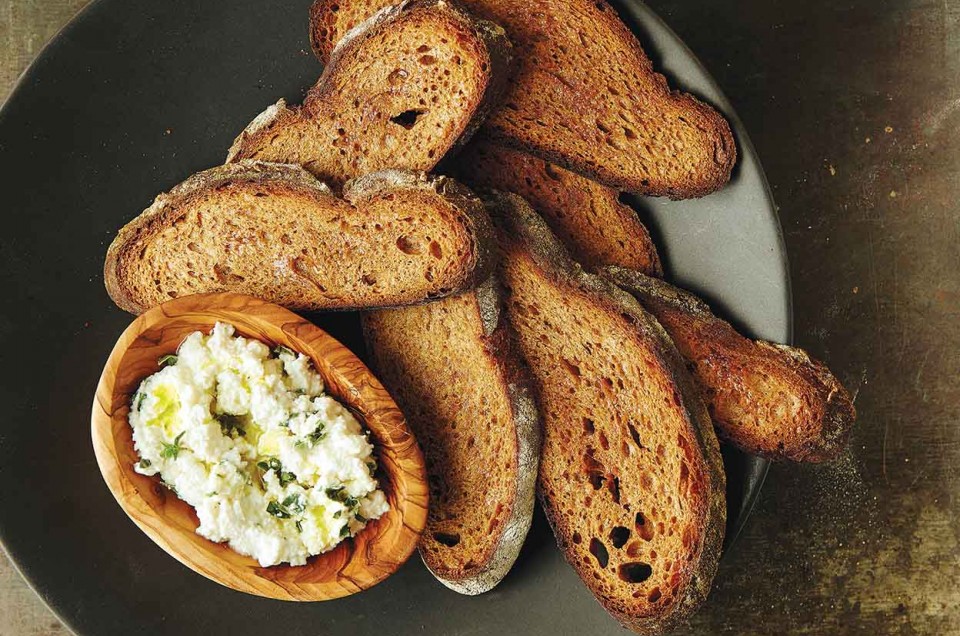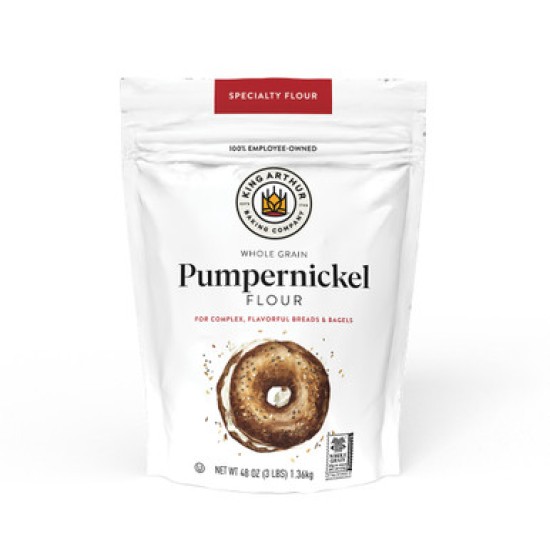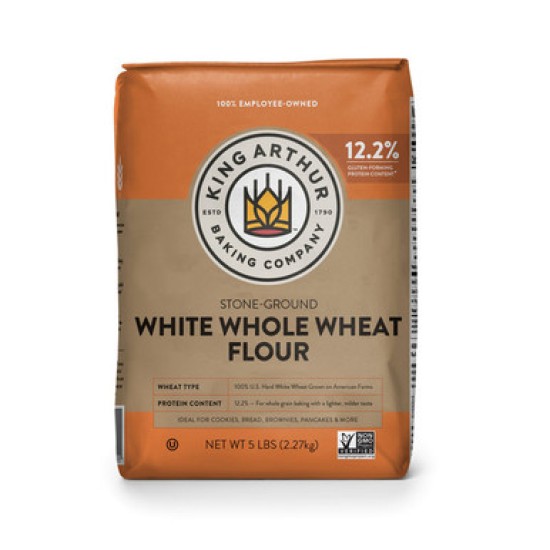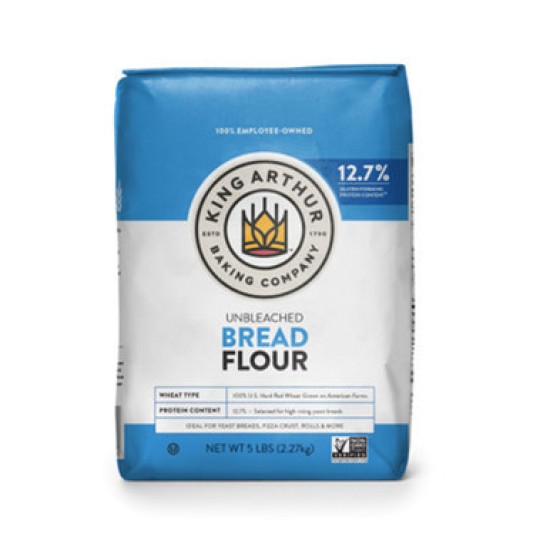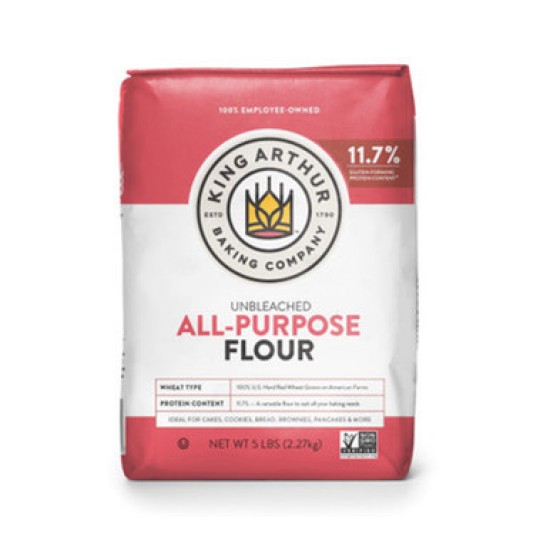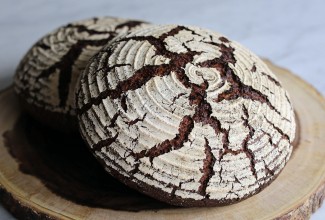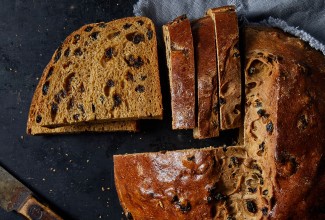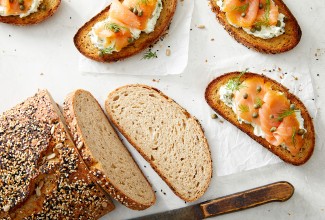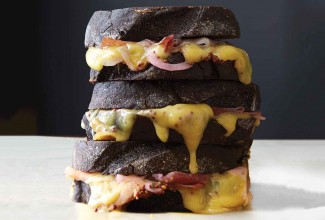-
To make the rye levain: In a medium bowl, combine all of the ingredients, cover, and let work at room temperature for 8 hours, or overnight.
-
To make the rye starter: In a medium bowl, combine the levain, coffee, and pumpernickel flour. Cover and let rise on the counter for 8 hours, or overnight.
-
To make the dough: Put the starter in a large mixing bowl, and stir in the water, oil, salt, and molasses. Stir in the whole wheat flour. Cover and let the dough rest for 10 minutes.
-
Add the bread flour 1 cup at a time, mixing well after each addition. The dough will be quite sticky, but resist the temptation to add more flour. The dough will develop and change in texture as you let it rise and work with it. Place it in a greased bowl, cover, and let rise for 50 minutes.
-
Rising and folding: After the first rise, the dough won't look like it's risen much, but don't worry. With each rise and fold you give it, the dough will become more supple and springy to the touch. Turn the dough out onto a lightly floured surface, flour your hands, and press it into a rectangle. Use a bench knife to help you grab the edge and fold the dough into thirds. Turn it 90° and repeat the folding process.
-
Return the dough to its bowl, cover, and let rise for 50 minutes more.
-
Repeat the folding process a second time, with another 50-minute rise afterward.
-
When this last rise is done, the dough should be quite active. Turn it out onto a floured surface to shape. You can make one large or two smaller loaves, whichever you prefer. Shape the dough into rounds or loaves. For loaves, place the dough in a pair of greased 8 1/2" x 4 1/2" loaf pans. Rounds can be placed in floured bannetons or a bowl lined with a well-floured tea towel, with the bottom side of the round facing up.
-
After shaping, cover the dough and set it aside to rise until almost double. This may take as long as 3 hours if the room is cool, or as little as 1 hour if the room is warm. You can also "retard" the dough by covering it with plastic and refrigerating overnight (this will make a more sour bread). If you choose this route, bring the dough to room temperature the next day while you prepare the oven. In either case, the risen loaves should feel full and bubbly when lightly touched with floured hands: that's when they're ready to bake.
-
To bake the bread: An hour into the last rise, preheat the oven with a baking stone inside (if you have one). Preheat to 375°F for one large loaf; or 400°F for two smaller ones.
-
When the bread is ready to bake, pace a small oven-safe skillet with 1" of simmering water in the bottom of the oven, or on the lowest rack. Invert the round loaves onto the hot baking stones and slash the tops. Pan loaves can simply be put in the oven on the stone. Spray the inside of the oven with water.
-
Bake the large loaf for 50 minutes, or smaller loaves for 35 minutes, until well browned. The center of the bread should read 205°F when measured with an instant-read thermometer. Remove from the oven and cool completely on a rack before slicing; rye breads can be gummy if you cut them while still warm.
